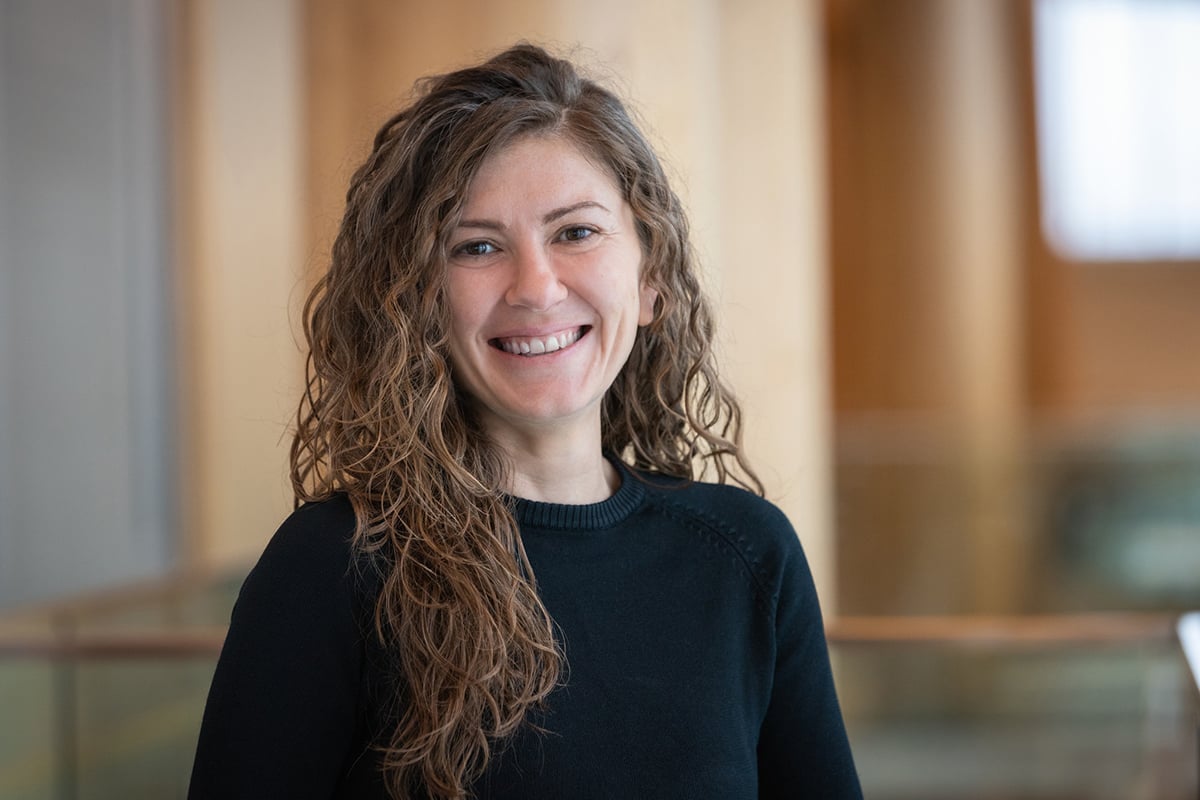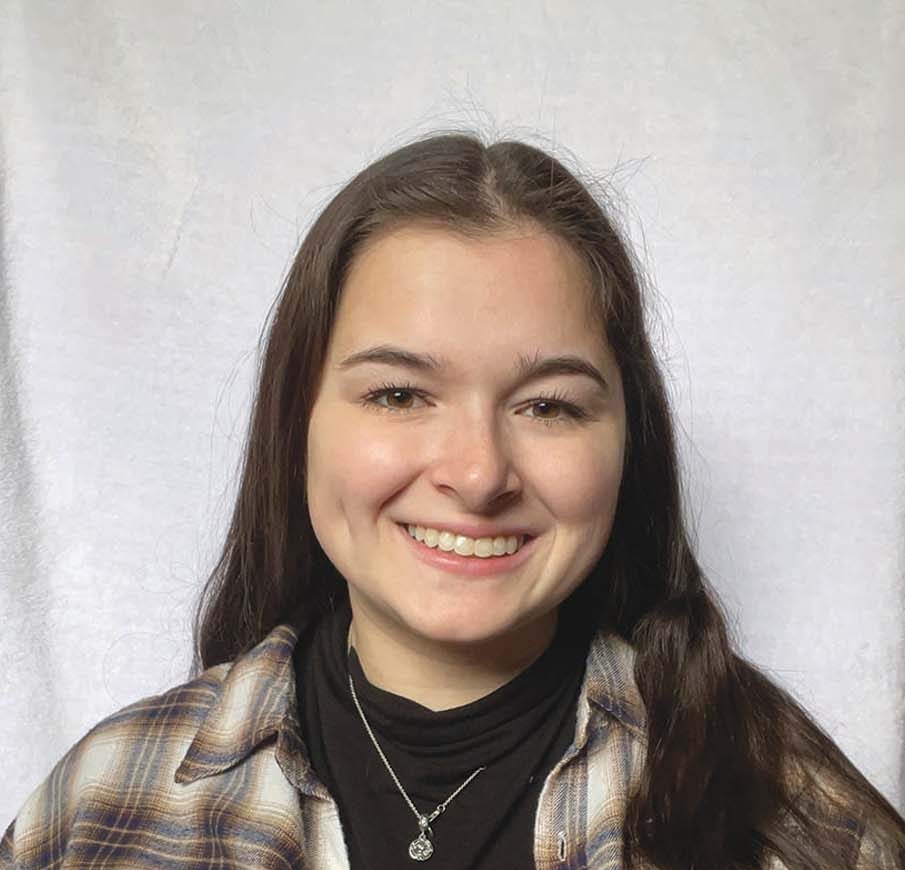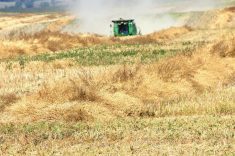Work at Olds College focuses on grazing management, pasture productivity and soil health as well as new technologies
Grazing management, pasture productivity and soil health are among the focal points for Laio Silva Sobrinho.
The research manager at the Olds College Technology Access Centre for Livestock Production also focuses on new technologies that could help producers manage cattle.
Current technology under study includes the rising plate meter, satellite imagery and soil biological additives.
Read Also

Alberta researcher helps unlock the economics of farming
Lethbridge Polytechnic researcher helping agriculture producers with decision-making tools in economic feasibility
The rising plate meter, created by the New Zealand’s Jenquip, estimates pasture bulk height. It takes approximately 30 readings in each pasture and displays the average.
“Knowing that you can more accurately calculate how many days of grazing you have in an area in which you’re going to graze, so that helps you have a better idea of how to more properly rotationally graze your pastures,” says Sobrinho.
Ranchers usually have to guess how much grass is available in their pastures based on appearance and herd size. This can be risky because pastures need rest and shouldn’t be overgrazed.
“Over time, you can lose productivity in your pasture by having too much grazing pressure,” he says.
The rising plate meter eliminates guesswork. It is calibrated to estimate different pastures in various parts of the world, including New Zealand and the United States. It is calibrated for parts of Canada, but not for Alberta.
Sobrinho and researchers at Olds are working on the Alberta calibrations.
“We started collecting samples in our pastures at the college last year. We collected some samples from another number of properties around Olds and our objective is to increase the number of pastures over time.”
The meter is primarily used for operational purposes at Olds but Sobrinho says they are seeking partners to fund further research and collection of more samples to calibrate the technology to Alberta.
Sobrinho’s team is also testing technology with Wyvern, an Edmonton-based space data company that offers satellite imagery to enable precision agriculture and in-season crop monitoring.
The satellites collect hyperspectral imaging across the electromagnetic spectrum. Objects and materials can be identified solely by their unique spectral signatures.
The Olds tech centre is using this technology to estimate forage biomass availability and quantify differences between multiple paddocks.
Sobrinho says the satellite technology captures a larger area than the rising plate meter.
“It makes it easy to collect data from a large view. Now the interesting thing is, when we compare both the rising plate meter to the satellite imagery, the rising plate meter has a lower error compared to the satellite, which was a bit surprising.
“But it just goes to show that technologies vary a lot in the way that they’re implemented and also their accuracy.”
The Olds centre is also studying soil biological additives from AdvancedAg. Its product consists of five types of bacteria used to improve soil.
The combination is called ACF-SR, comprising Rhodopseudomonas palustris, which fixes nitrogen, Bacillus licheniformis, which provides plant growth hormones, Notrosomonas europaea, which converts ammonia to nitrate and solubilizes phosphates, Nitrobacter winogradskyi, which converts nitrite to nitrate and solubilizes phosphates and Bacillus subtillis, which solubilizes phosphates.
Sobrinho says the additives increase the availability of nutrients in the soil.
“They help plants with vital hormones. They also make it easier for plants to go through drought periods and other adverse conditions, such as high salinity in the soil.”
The product is being tested on forage crops in a three-year study on soil and crop yield.
“We collected soil samples in the first year of the project … and then we’re going to also look at the effect of using this product on overall soil health,” Sobrinho says.
Results can be shared after this growing season and he noted a lot of interest in the product because of its potential to reduce fertilizer amount.
“As we know, fertilizer use right now is very expensive. Just that, in itself, makes producers interested. And also, there’s other benefits to using it, such as increasing productivity, making it easier for our pastures to go through drought periods. And also, applying the product is relatively cheap compared to fertilizer.”
















